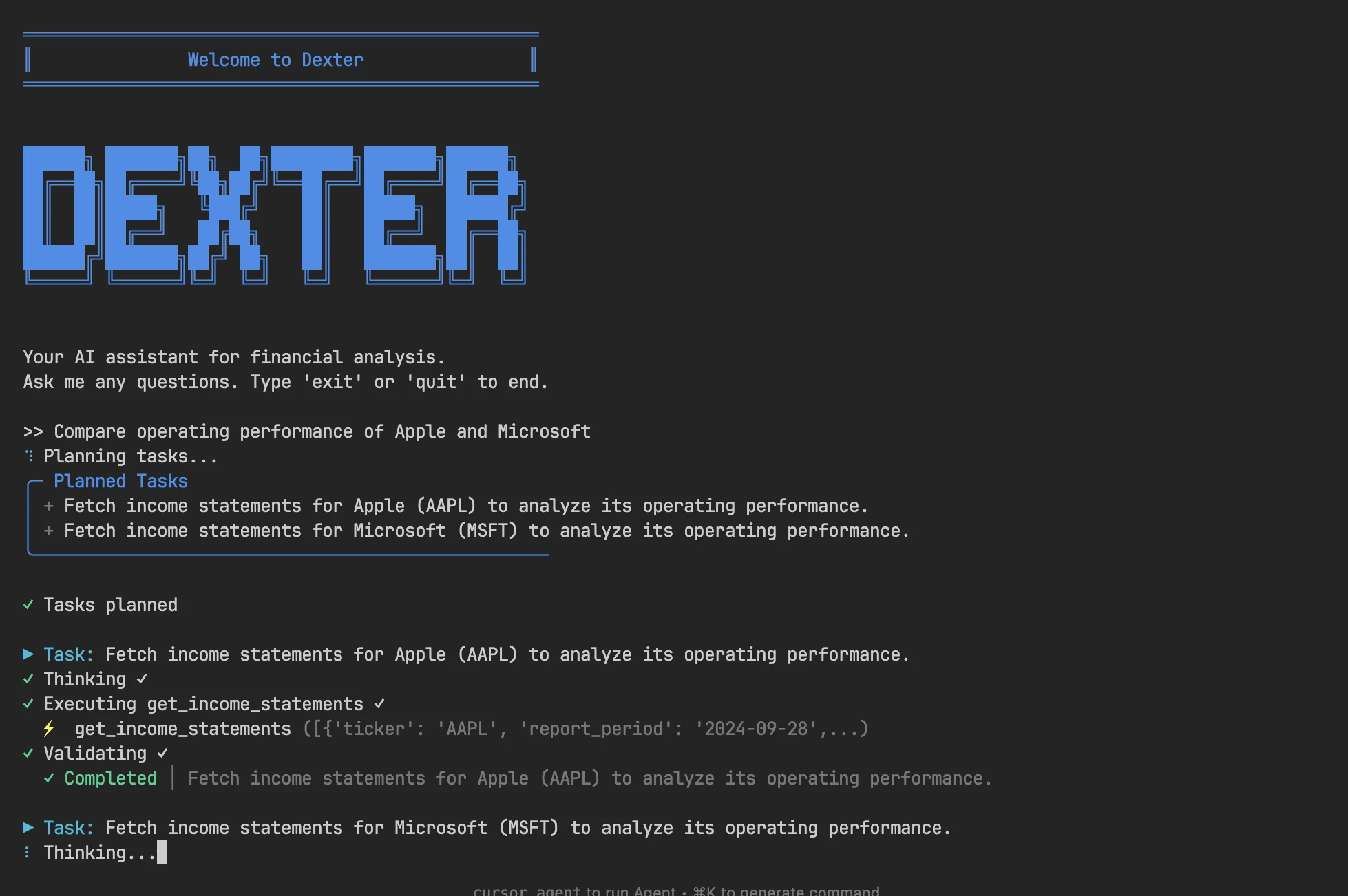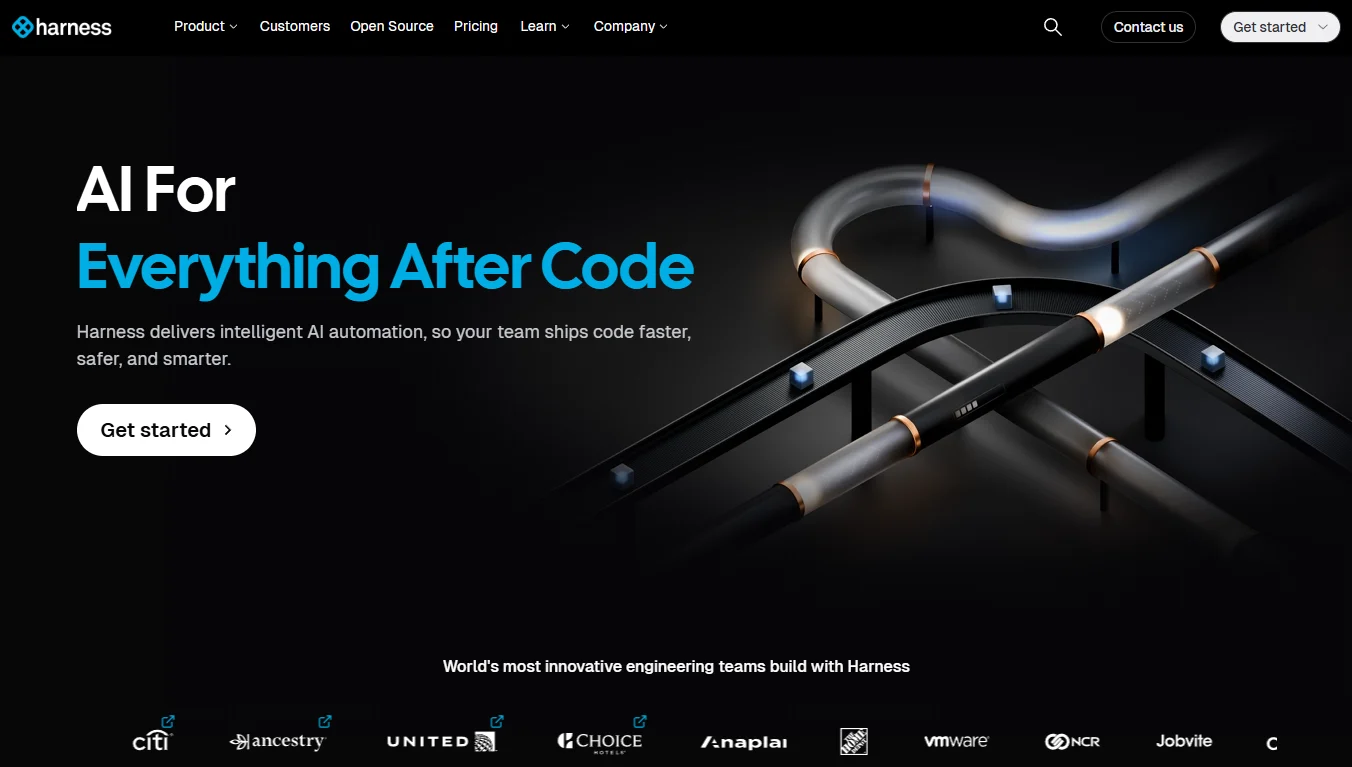NVIDIA has categorically rejected demands to incorporate backdoors and kill switches into its semiconductor designs, despite ongoing pressures from U.S. lawmakers and recent claims by Chinese authorities asserting such controls already exist within the chips.
David Nell, NVIDIA's Chief Security Officer, stated on his blog published August 5: "NVIDIA GPUs will neither contain kill switches nor backdoors." The blog post came amid escalating global scrutiny over hardware security features.
The generative AI boom has propelled NVIDIA's market capitalization beyond $4 trillion, establishing it as one of the world's most valuable corporations.
Origins of the Backdoor Debate
Tensions over embedded surveillance capabilities have intensified following revelations about political influence in chip sales across Sino-American markets. NVIDIA's high-end chips have long faced export restrictions to prevent Chinese entities from accessing U.S.-originated technologies. The company now produces the energy-efficient H20 chip specifically designed to comply with U.S. regulations while catering to Chinese demand.
In May, a bipartisan group of U.S. legislators proposed mandatory tracking mechanisms for AI chip manufacturers including NVIDIA. By July, a Chinese state-linked entity alleged the existence of backdoors in H20 chips.
"There Are No 'Good' Hidden Backdoors"
"Embedding backdoors and kill switches in chips would be a gift to hackers and adversarial actors," Nell emphasized in his statement. "This would undermine global digital infrastructure and erode trust in American technology. Current laws wisely require companies to fix vulnerabilities instead of manufacturing them."
He highlighted NVIDIA's track record of promptly addressing GPU security flaws and reiterated the company's security philosophy: "Address problems, not embed weaknesses." Nell concluded, "There is no such thing as a 'good' secret backdoor—only dangerous vulnerabilities that require elimination."
Distinguishing Backdoors from User-Controlled Features
Nell differentiated hardware backdoors from consumer-facing tools like "Find My Phone" and "Remote Erase" features, noting these are transparent user-enabled functions. He stressed these differ fundamentally from hidden hardware backdoors since they operate under direct user control rather than being exploited by third parties.
"Governments have numerous tools available to protect nations, consumers and economies," Nell added. "Intentionally weakening critical infrastructure should never be one of them."








